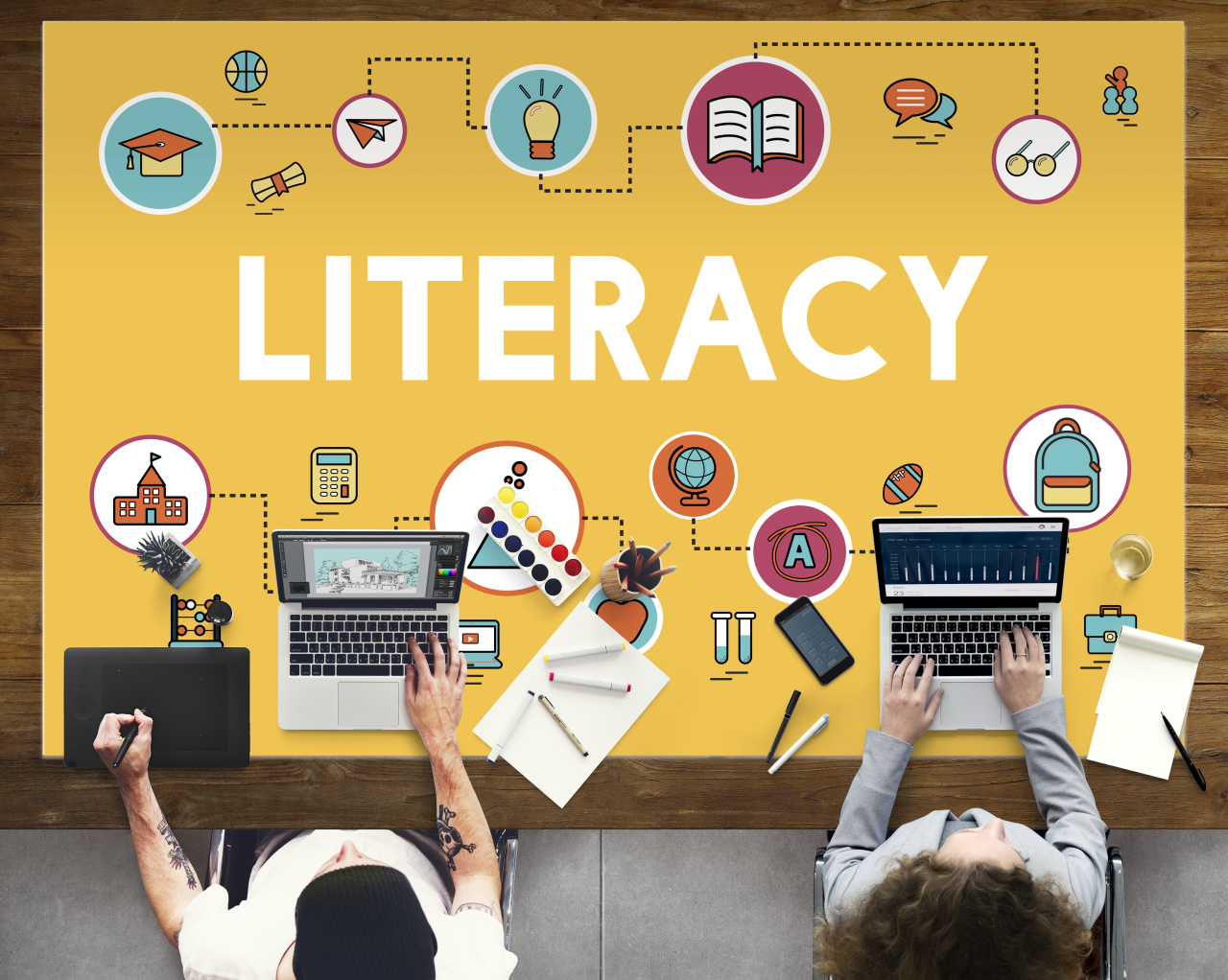Assignment left to solve in contactless era: digital divide
By Kim Hae-yeonPublished : Jan. 1, 2021 - 16:01

Living in a crowded urban city, one can realize in the daily routine that the proportion of “going digital” has drastically increased over the year -- waking up to use smartphones for running bank errands, standing in front of digital kiosks for takeout orders during lunchtime and ordering groceries online after sunset.
The unforeseen COVID-19 pandemic has pushed us further to a society where non-face-to-face interactions are strongly recommended across different tasks to halt further infections of the disease.
Nonetheless, growing concerns have risen over the increasing gap between those who are able to utilize digital devices of their own will, and those who cannot, in the phenomenon commonly referred to as the “digital divide.” Emerging in the 1990s to explain the internet diffusion among rural and urban Americans, the term signified the uneven distribution of information and communication technologies.
According to 2019 research on the digital information gap conducted by the Ministry of Science and ICT and the National Information Society Agency, the digitally vulnerable groups in Korea turned out to be as follows: people working in rural areas (mainly those in agriculture and fisheries), people with disabilities, low-income earners and the elderly.
The research measured both accessibility and utilization level as key elements. Out of the four major vulnerable groups, the digital level of the elderly stood at 64.3 percent, which showed the highest gap with the general public.
Kwon Ji-hyun, a real estate agent in her 50s residing in Seoul, expressed impatience after a drastic drop in her sales this year. “I am not a heavy user of digital devices, so I find it hard to keep up with the current trend, looking over properties and making deals online. At first, I thought this would be a passing fad, but now I am watching YouTube videos to learn how to post the latest housing properties online.“
The digital divide has become a problem that not only acts as an obstacle when obtaining daily necessities through the use of digital technology, but also increases the media literacy gap.
The unforeseen COVID-19 pandemic has pushed us further to a society where non-face-to-face interactions are strongly recommended across different tasks to halt further infections of the disease.
Nonetheless, growing concerns have risen over the increasing gap between those who are able to utilize digital devices of their own will, and those who cannot, in the phenomenon commonly referred to as the “digital divide.” Emerging in the 1990s to explain the internet diffusion among rural and urban Americans, the term signified the uneven distribution of information and communication technologies.
According to 2019 research on the digital information gap conducted by the Ministry of Science and ICT and the National Information Society Agency, the digitally vulnerable groups in Korea turned out to be as follows: people working in rural areas (mainly those in agriculture and fisheries), people with disabilities, low-income earners and the elderly.
The research measured both accessibility and utilization level as key elements. Out of the four major vulnerable groups, the digital level of the elderly stood at 64.3 percent, which showed the highest gap with the general public.
Kwon Ji-hyun, a real estate agent in her 50s residing in Seoul, expressed impatience after a drastic drop in her sales this year. “I am not a heavy user of digital devices, so I find it hard to keep up with the current trend, looking over properties and making deals online. At first, I thought this would be a passing fad, but now I am watching YouTube videos to learn how to post the latest housing properties online.“
The digital divide has become a problem that not only acts as an obstacle when obtaining daily necessities through the use of digital technology, but also increases the media literacy gap.

Media literacy is defined as the ability to digest and process information through various media outlets, of which a great deal have now turned to digital. Experts point out that lack of media literacy among groups will likely result in a vicious circle, as it will have the impact of ever-increasing socioeconomic inequalities at a wider level.
The media “haves” will likely expand their knowledge using multiple media outlets easily, while the “have-nots” will hardly have sufficient information at the end of the day, and therefore will end up having fewer choices in life.
Over the last couple of years, the government and civil society have brought different plans to the table in solving the issue of the digital divide through media literacy; some called for proper training, cultivating certified digital education teachers, while others insist that education itself without support of proper technological devices will be meaningless. Still others say this is a chicken-or-egg problem, demanding either type of solution be implemented as soon as possible before the gap worsens.
Making media literacy a compulsory education course for students of all ages is a goal for the year 2021 and beyond, according to the Ministry of Education’s Deputy Director Lee Hang-seop. “Media literacy is a must-have attainment for citizens today. In addition to compulsory education, our plan is to establish independent media education support centers,” Lee said. “After careful screening and evaluation, we expect Daegu Center to be the first to open in the year 2022, followed by Gyeonggi Province and North Chungcheong Province in 2023.”
To the contrary, Kim hyun-ok, director at the Center for Media Responsibility and Human Rights, during a phone interview with The Korea Herald urged the government to remain a bridging hub among different regional and social groups, rather than an action planner.
“It is impossible to set up a standardized curriculum in media literacy education at a government level. This is because each user group carries completely different needs according to their daily surroundings.” Kim also said that many steps are left ahead for discussion before media education centers and teachers can actually come into play.
To the digitally armed group, technology can serve as a powerful source to share the latest insights on issues across the globe, while to those unarmed, it can be their last means for basic survival. The divide will continue to grow at a faster speed than ever with the ongoing pandemic, unless we keep a close eye on what is needed for the groups left behind.
By Kim Hae-yeon (hykim@heraldcorp.com)
The media “haves” will likely expand their knowledge using multiple media outlets easily, while the “have-nots” will hardly have sufficient information at the end of the day, and therefore will end up having fewer choices in life.
Over the last couple of years, the government and civil society have brought different plans to the table in solving the issue of the digital divide through media literacy; some called for proper training, cultivating certified digital education teachers, while others insist that education itself without support of proper technological devices will be meaningless. Still others say this is a chicken-or-egg problem, demanding either type of solution be implemented as soon as possible before the gap worsens.
Making media literacy a compulsory education course for students of all ages is a goal for the year 2021 and beyond, according to the Ministry of Education’s Deputy Director Lee Hang-seop. “Media literacy is a must-have attainment for citizens today. In addition to compulsory education, our plan is to establish independent media education support centers,” Lee said. “After careful screening and evaluation, we expect Daegu Center to be the first to open in the year 2022, followed by Gyeonggi Province and North Chungcheong Province in 2023.”
To the contrary, Kim hyun-ok, director at the Center for Media Responsibility and Human Rights, during a phone interview with The Korea Herald urged the government to remain a bridging hub among different regional and social groups, rather than an action planner.
“It is impossible to set up a standardized curriculum in media literacy education at a government level. This is because each user group carries completely different needs according to their daily surroundings.” Kim also said that many steps are left ahead for discussion before media education centers and teachers can actually come into play.
To the digitally armed group, technology can serve as a powerful source to share the latest insights on issues across the globe, while to those unarmed, it can be their last means for basic survival. The divide will continue to grow at a faster speed than ever with the ongoing pandemic, unless we keep a close eye on what is needed for the groups left behind.
By Kim Hae-yeon (hykim@heraldcorp.com)



![[AtoZ into Korean mind] Humor in Korea: Navigating the line between what's funny and not](http://res.heraldm.com/phpwas/restmb_idxmake.php?idx=644&simg=/content/image/2024/04/22/20240422050642_0.jpg&u=)
![[Exclusive] Korean military set to ban iPhones over 'security' concerns](http://res.heraldm.com/phpwas/restmb_idxmake.php?idx=644&simg=/content/image/2024/04/23/20240423050599_0.jpg&u=20240423183955)



![[Graphic News] 77% of young Koreans still financially dependent](http://res.heraldm.com/phpwas/restmb_idxmake.php?idx=644&simg=/content/image/2024/04/22/20240422050762_0.gif&u=)
![[Herald Interview] Why Toss invited hackers to penetrate its system](http://res.heraldm.com/phpwas/restmb_idxmake.php?idx=644&simg=/content/image/2024/04/22/20240422050569_0.jpg&u=20240422150649)






![[Exclusive] Korean military to ban iPhones over security issues](http://res.heraldm.com/phpwas/restmb_idxmake.php?idx=652&simg=/content/image/2024/04/23/20240423050599_0.jpg&u=20240423183955)



![[Today’s K-pop] Ateez confirms US tour details](http://res.heraldm.com/phpwas/restmb_idxmake.php?idx=642&simg=/content/image/2024/04/23/20240423050700_0.jpg&u=)